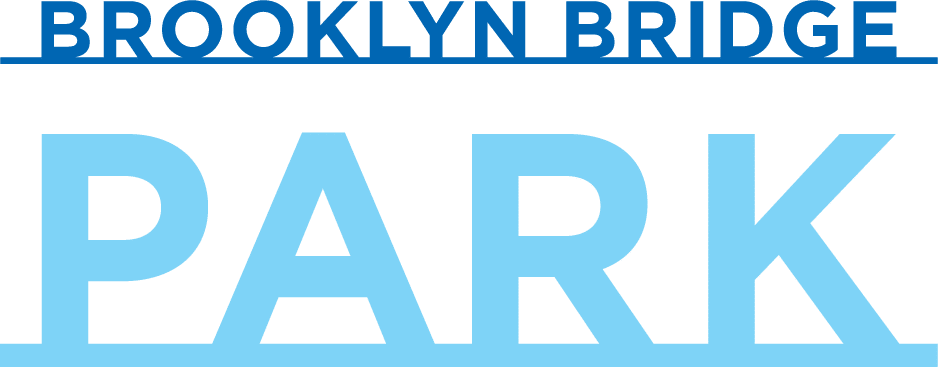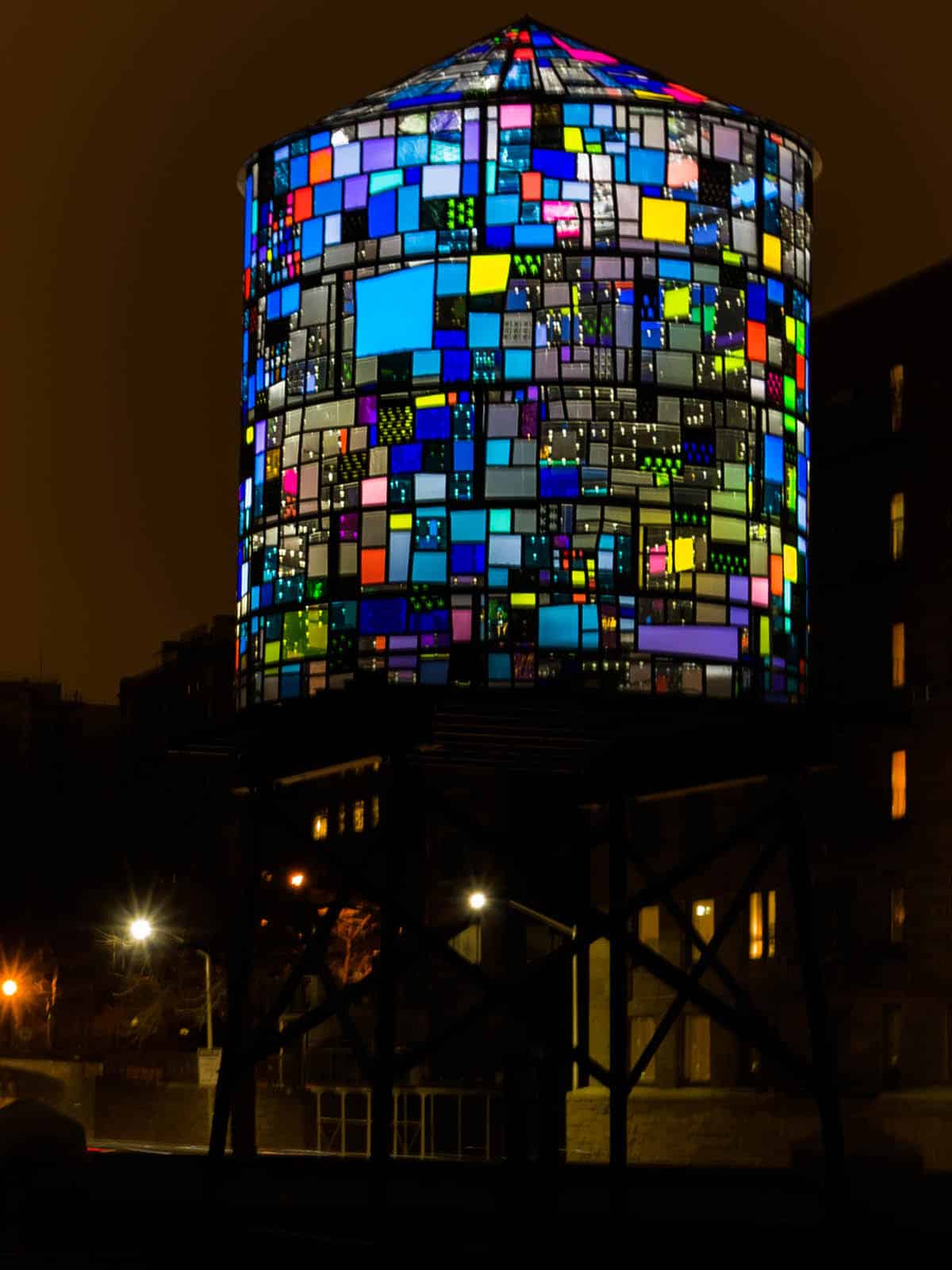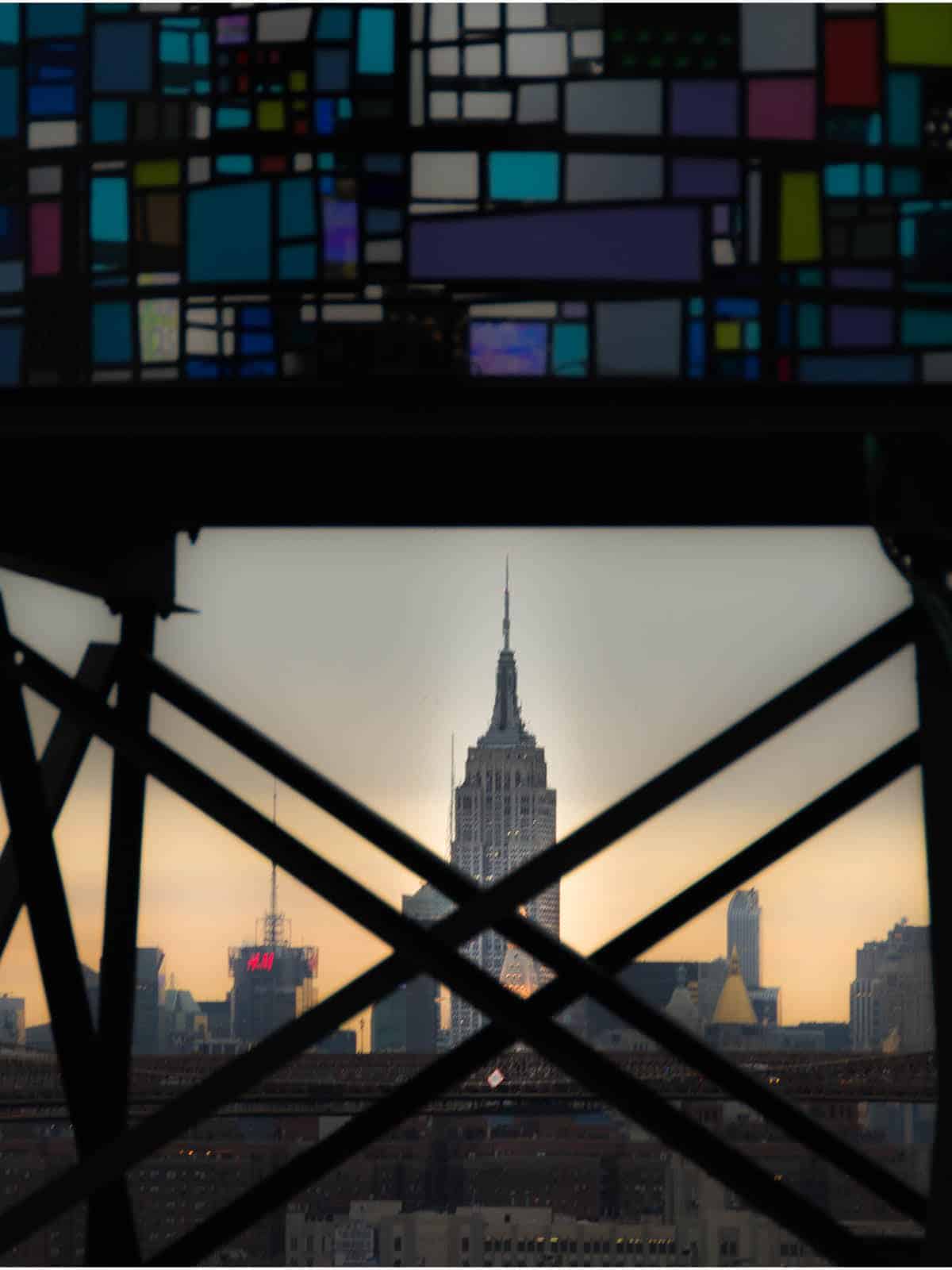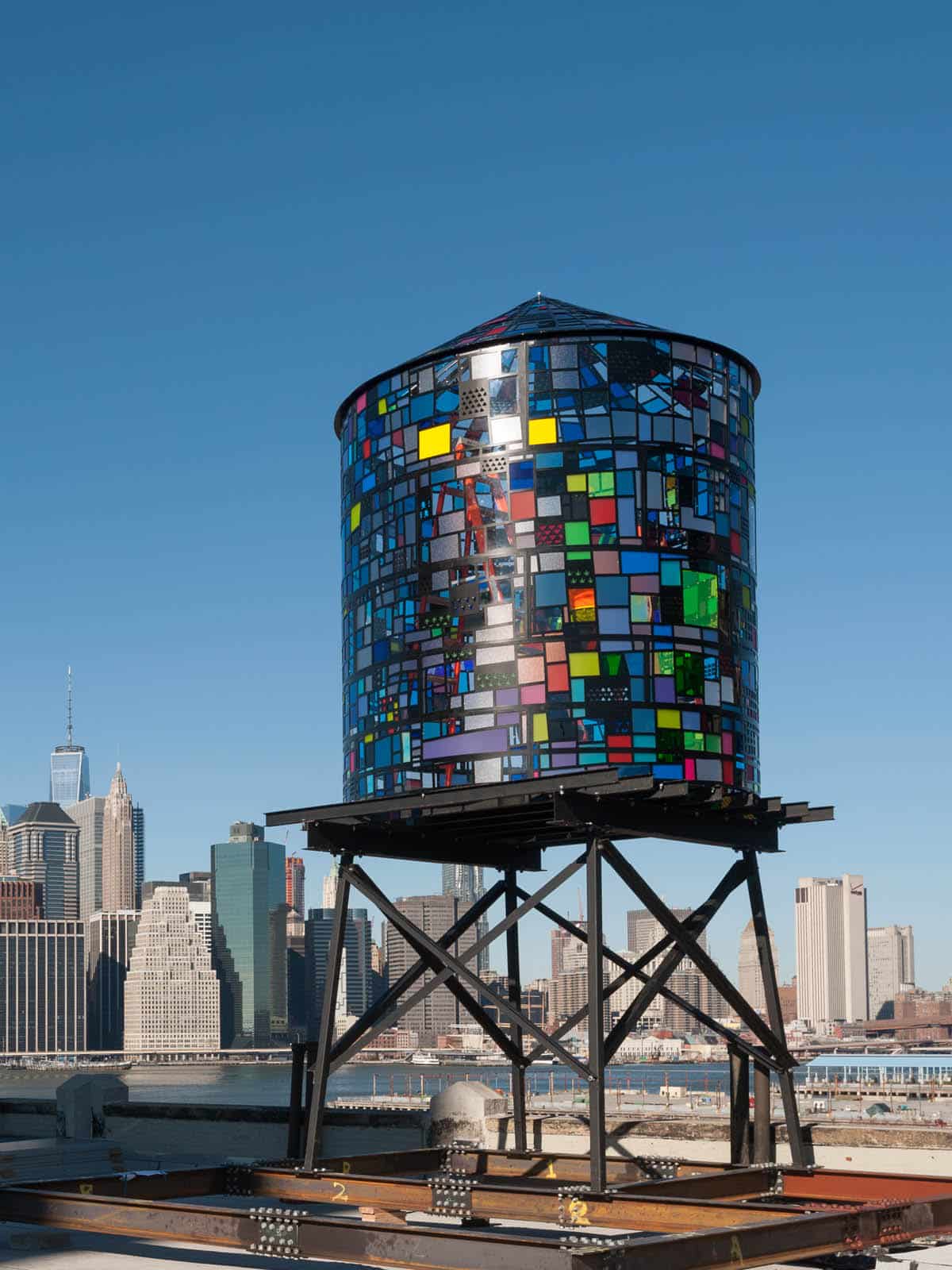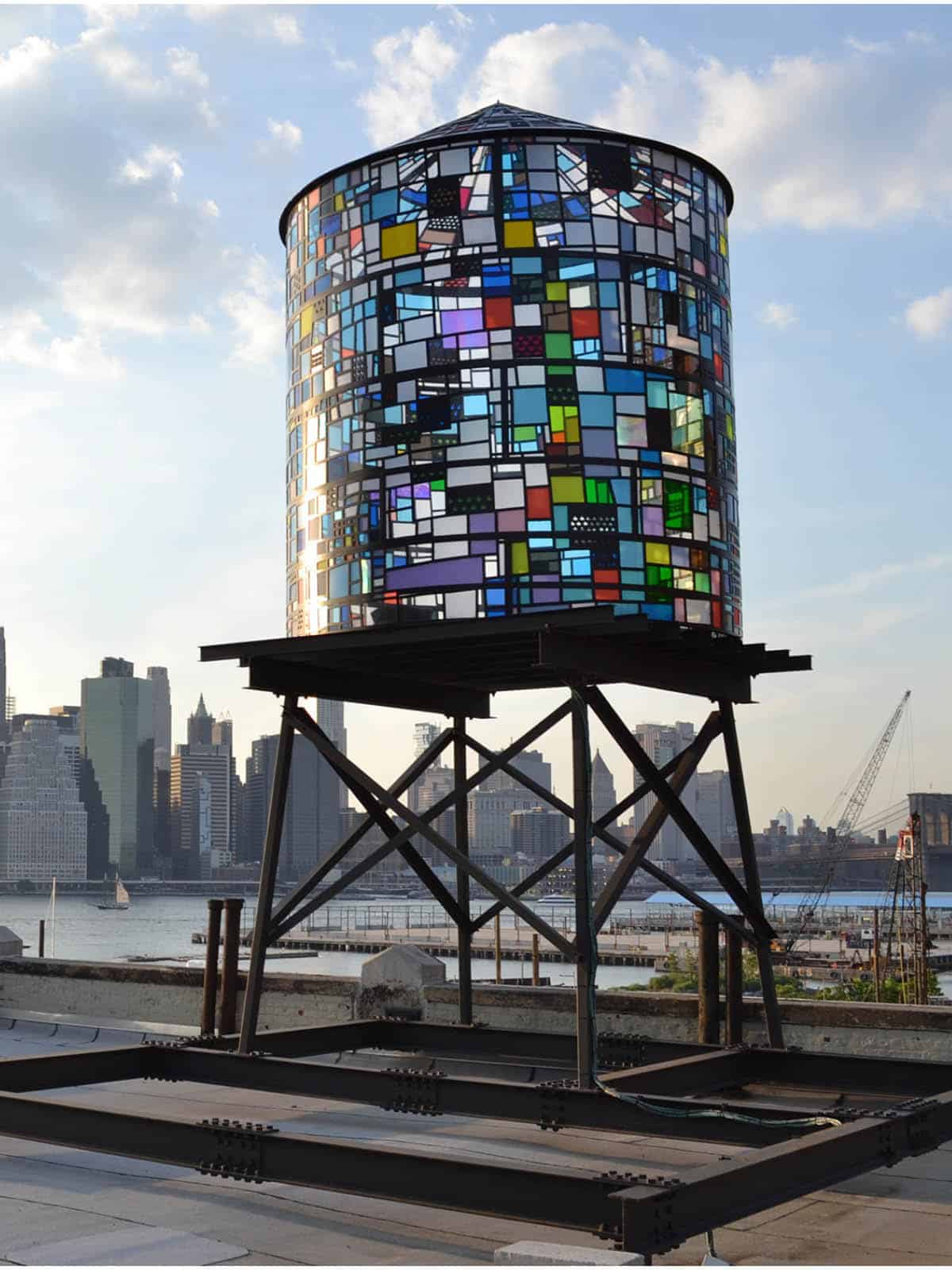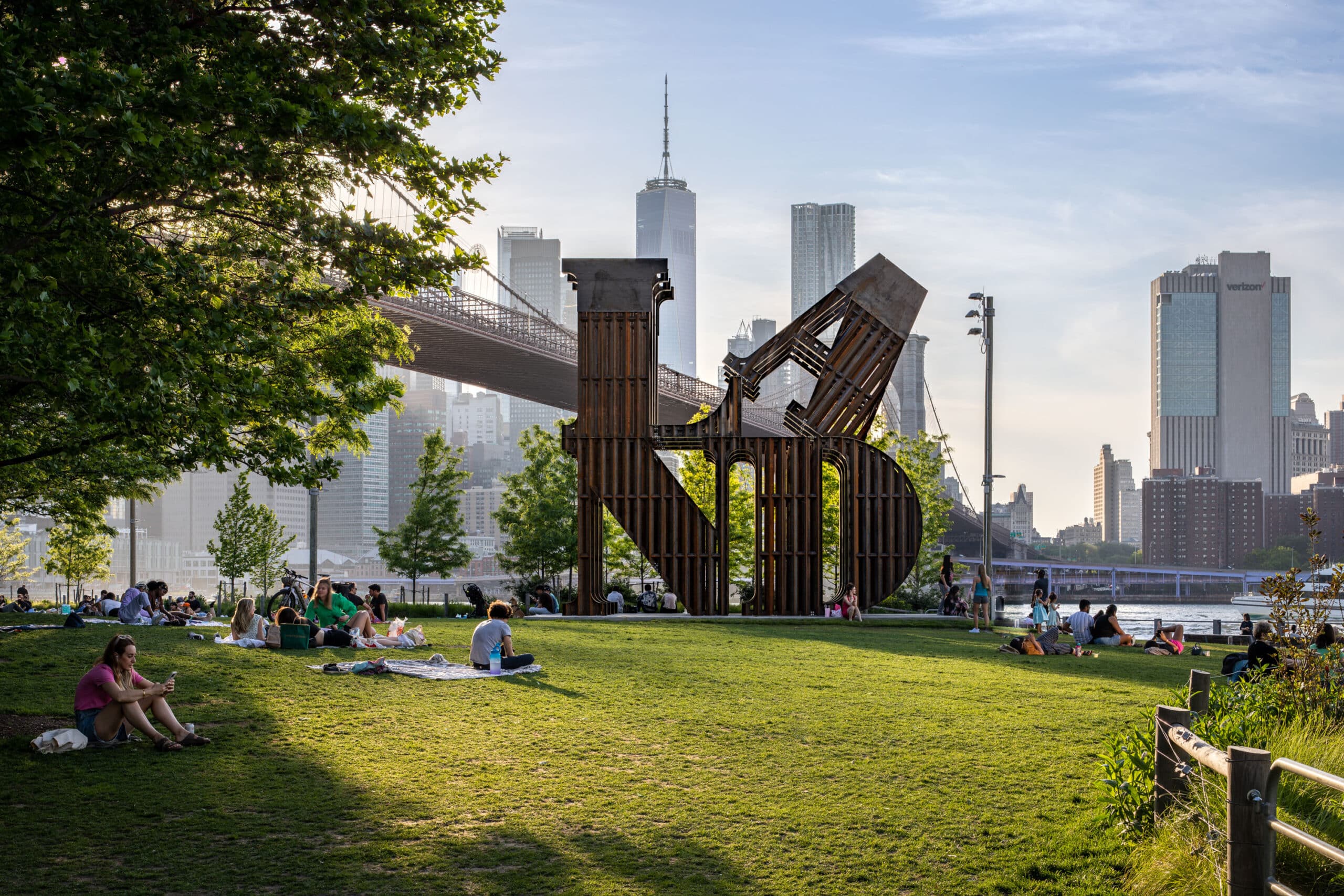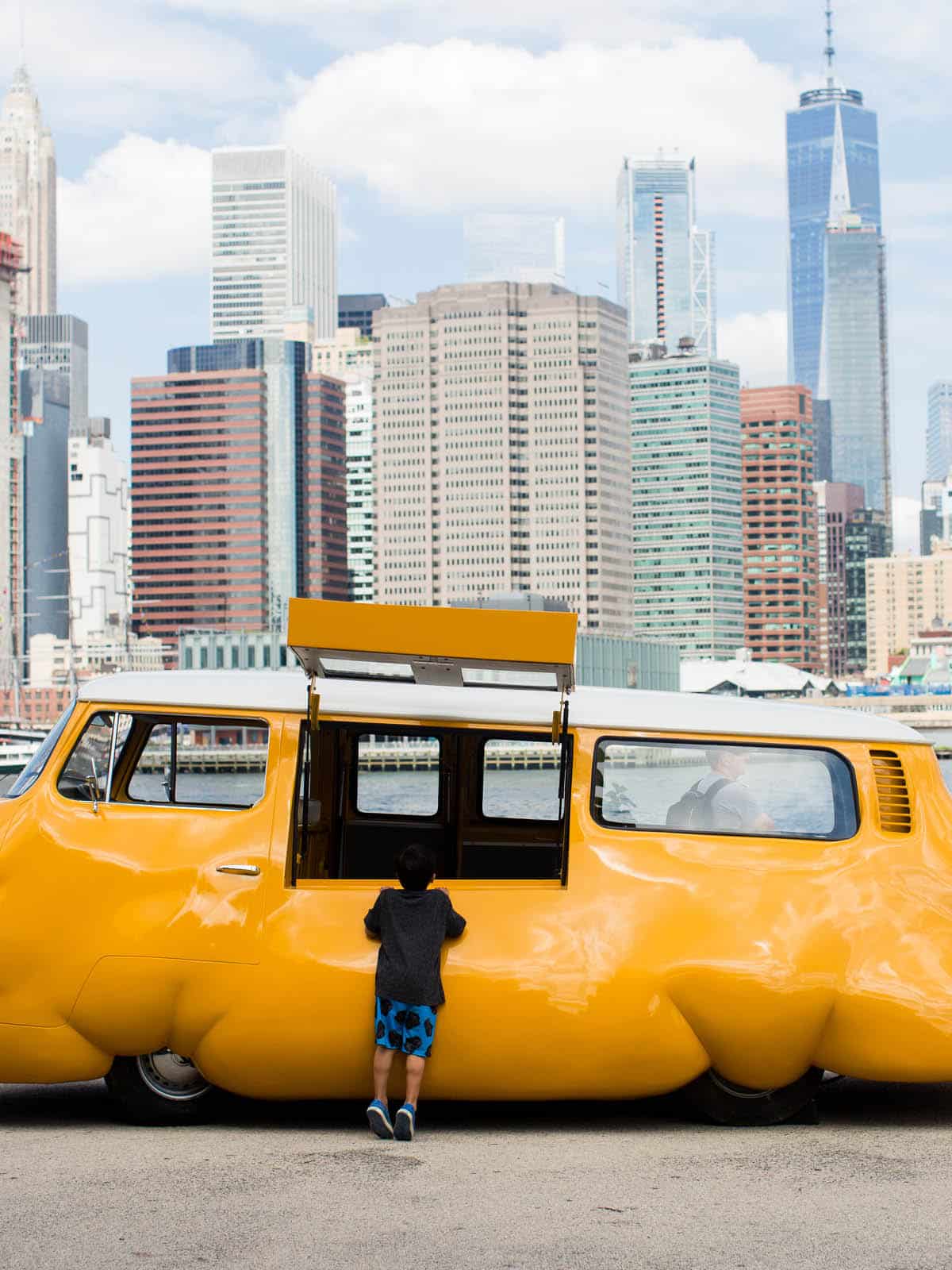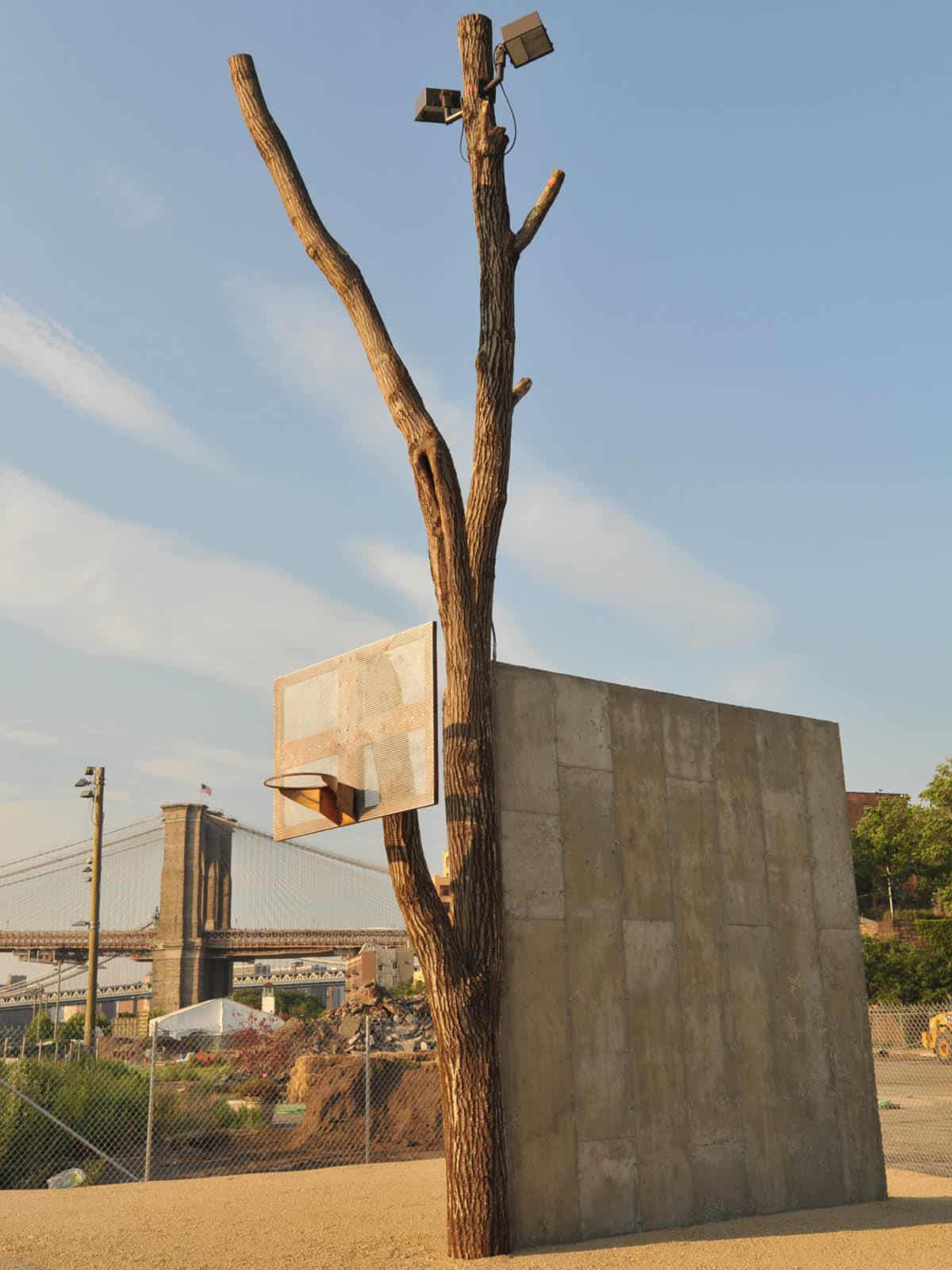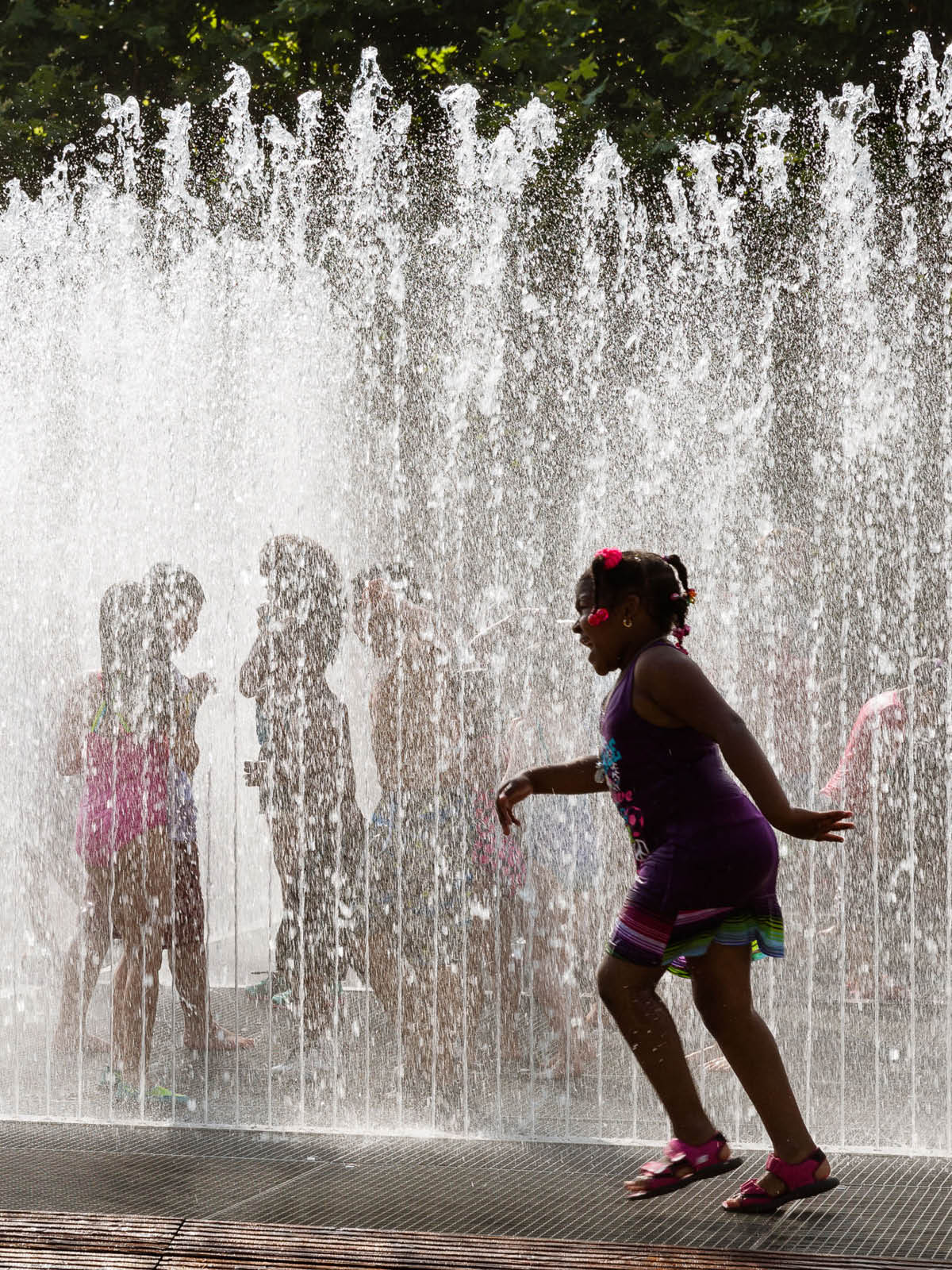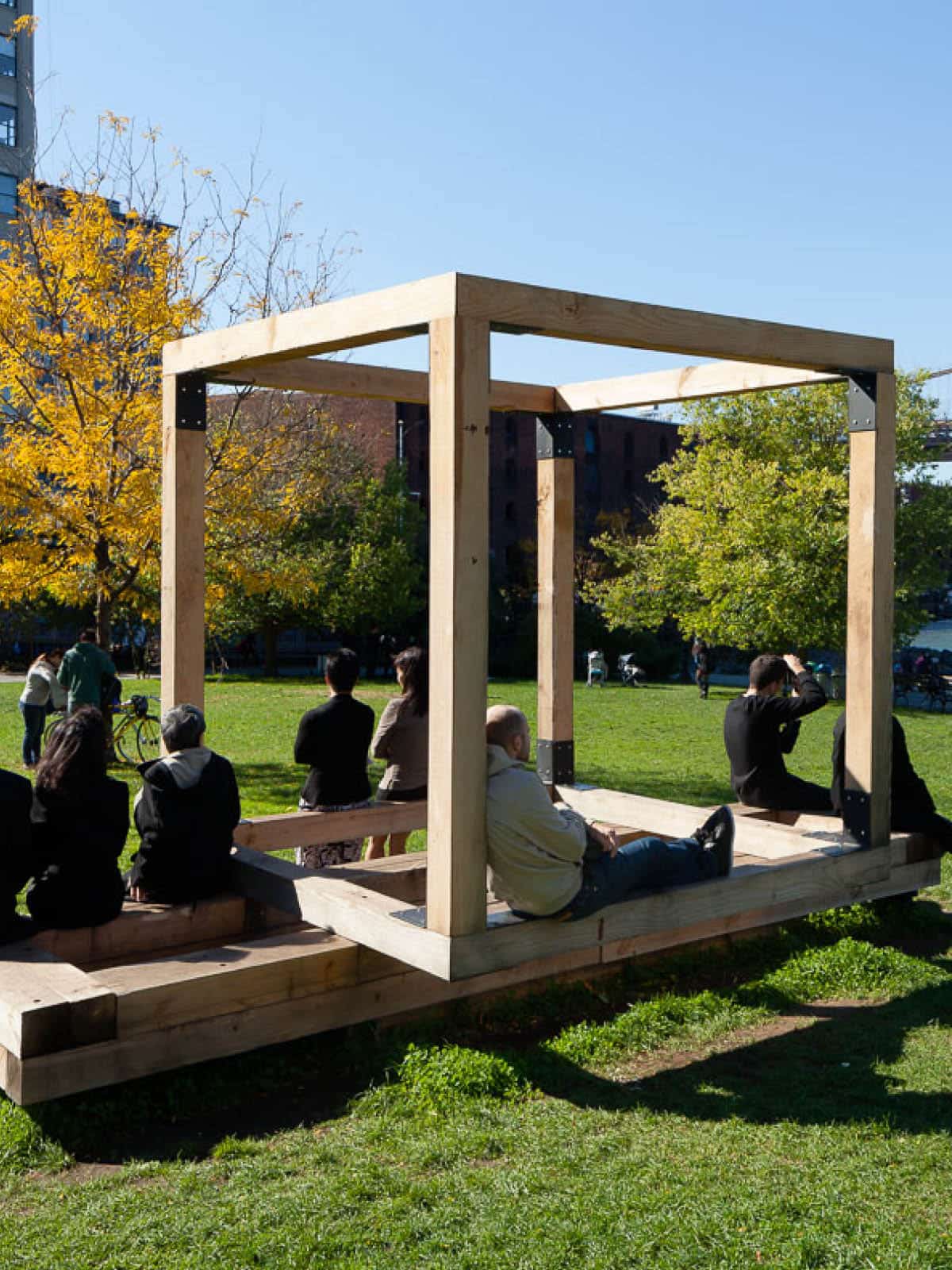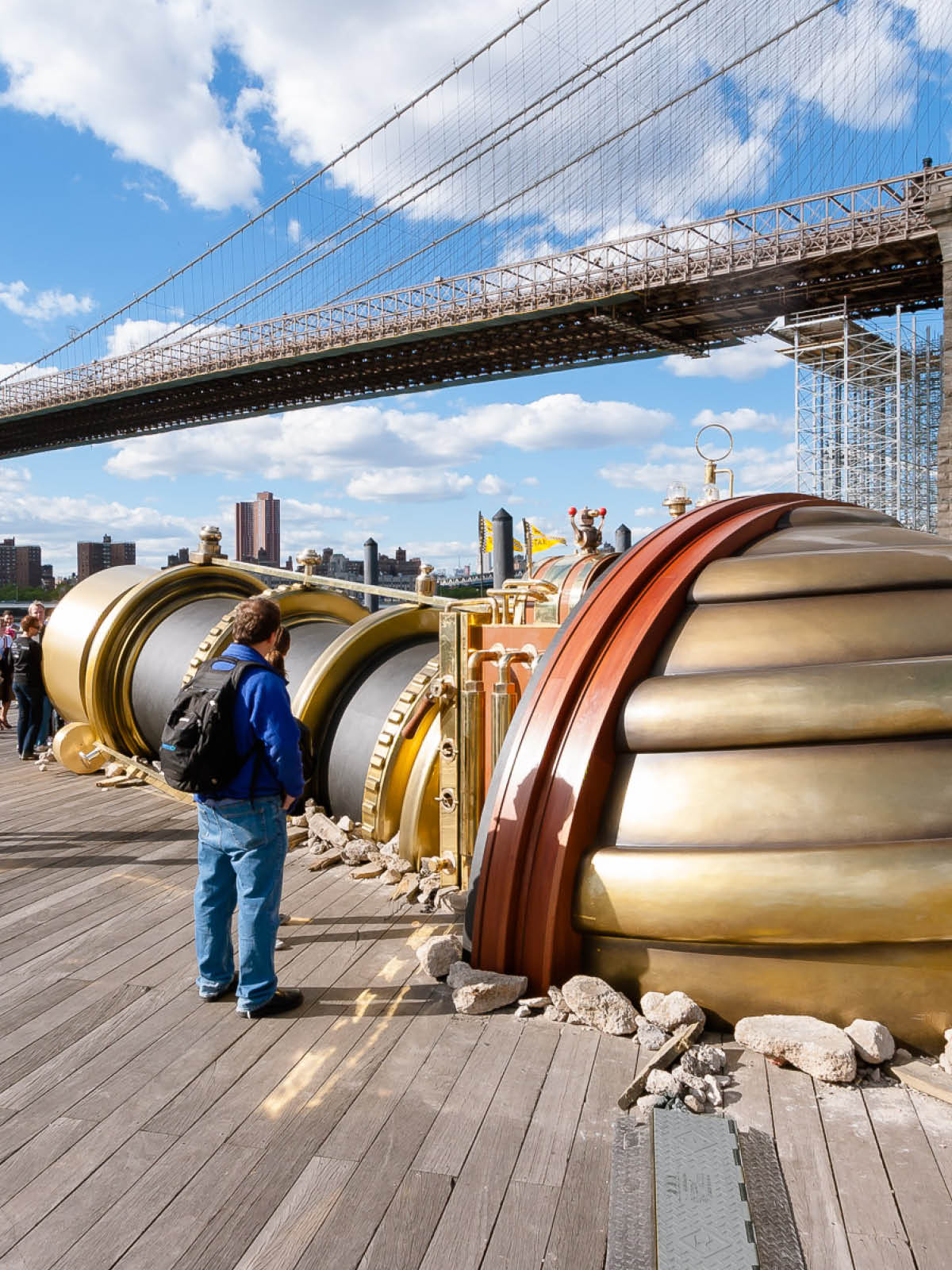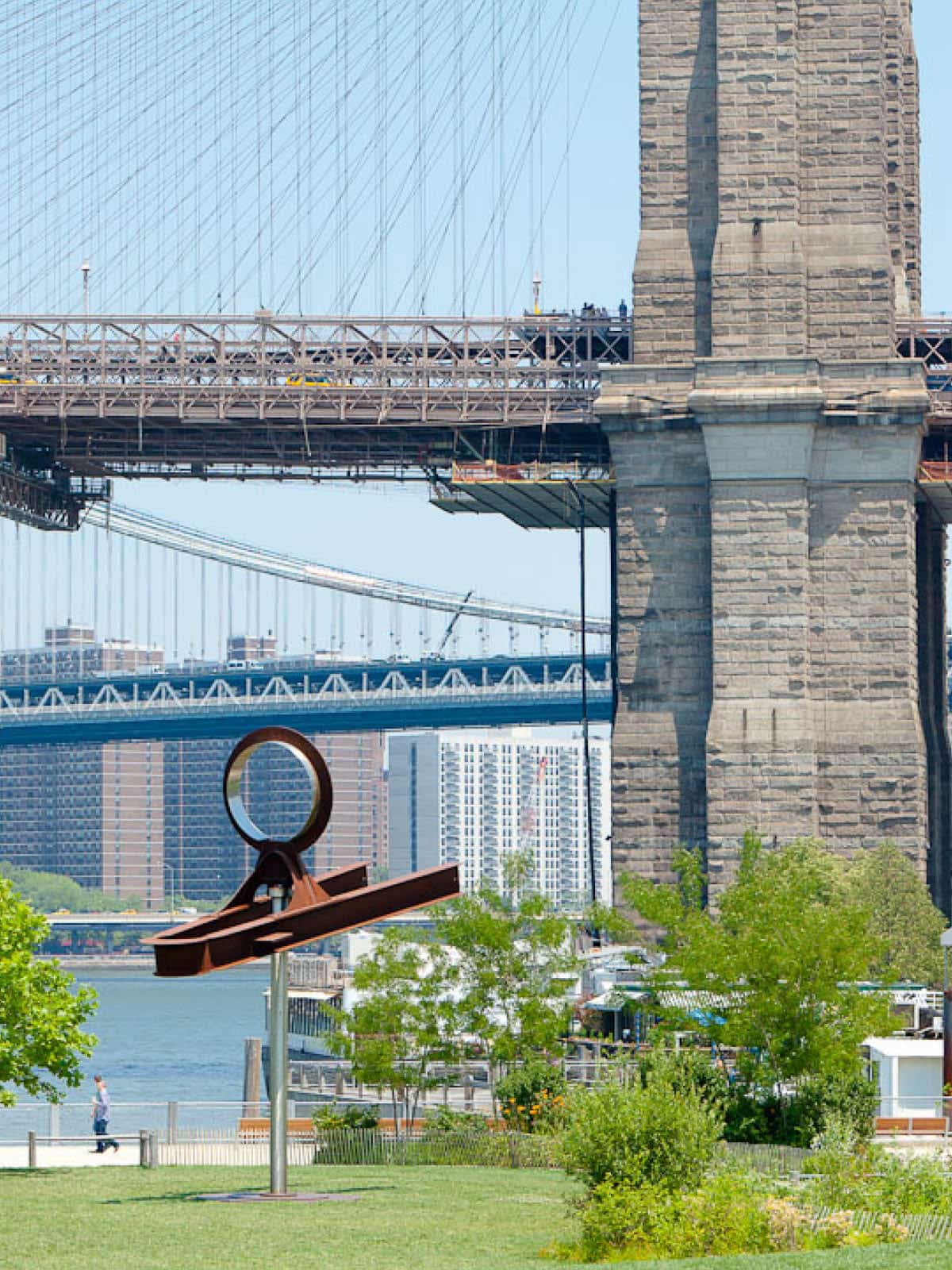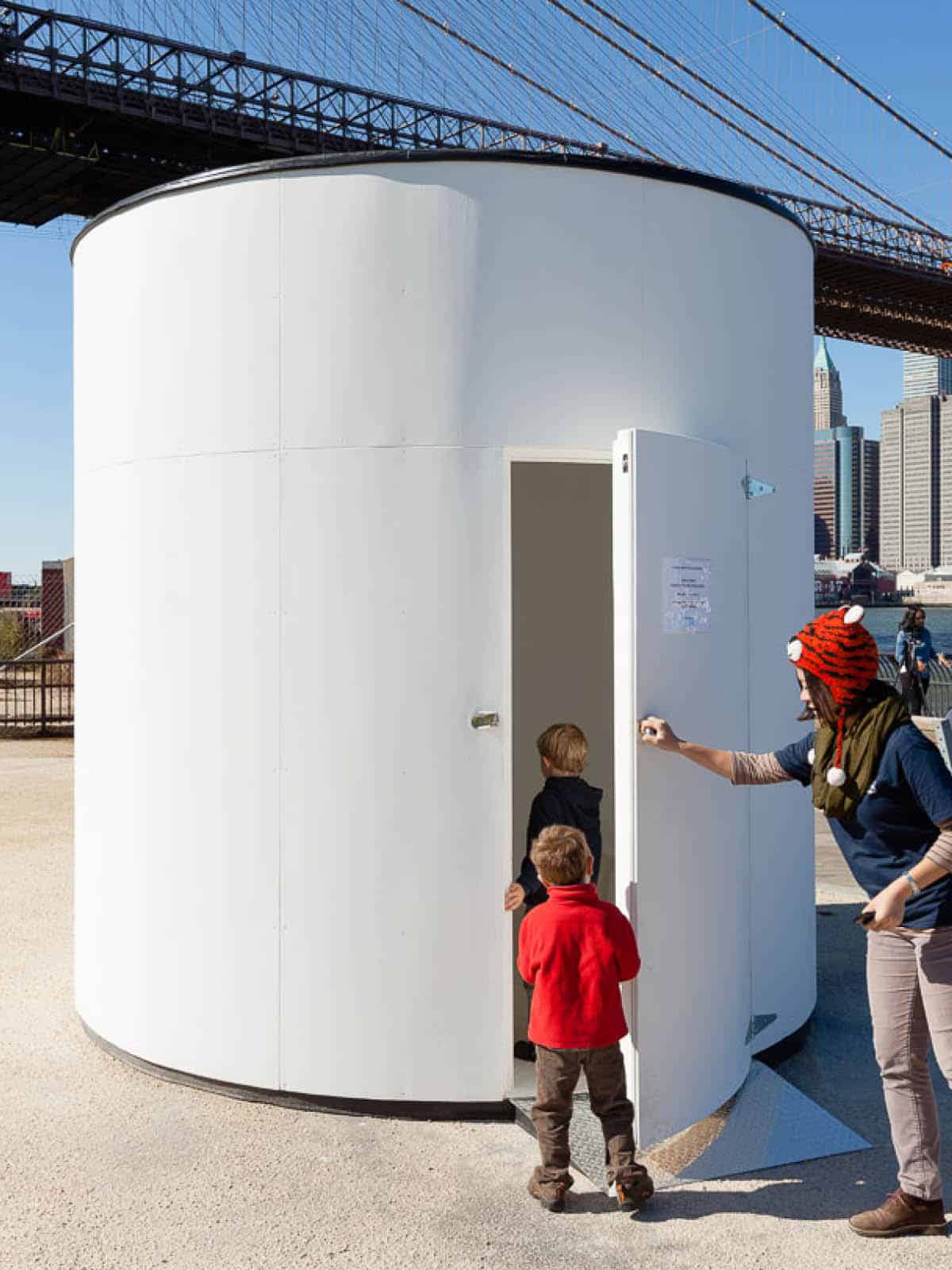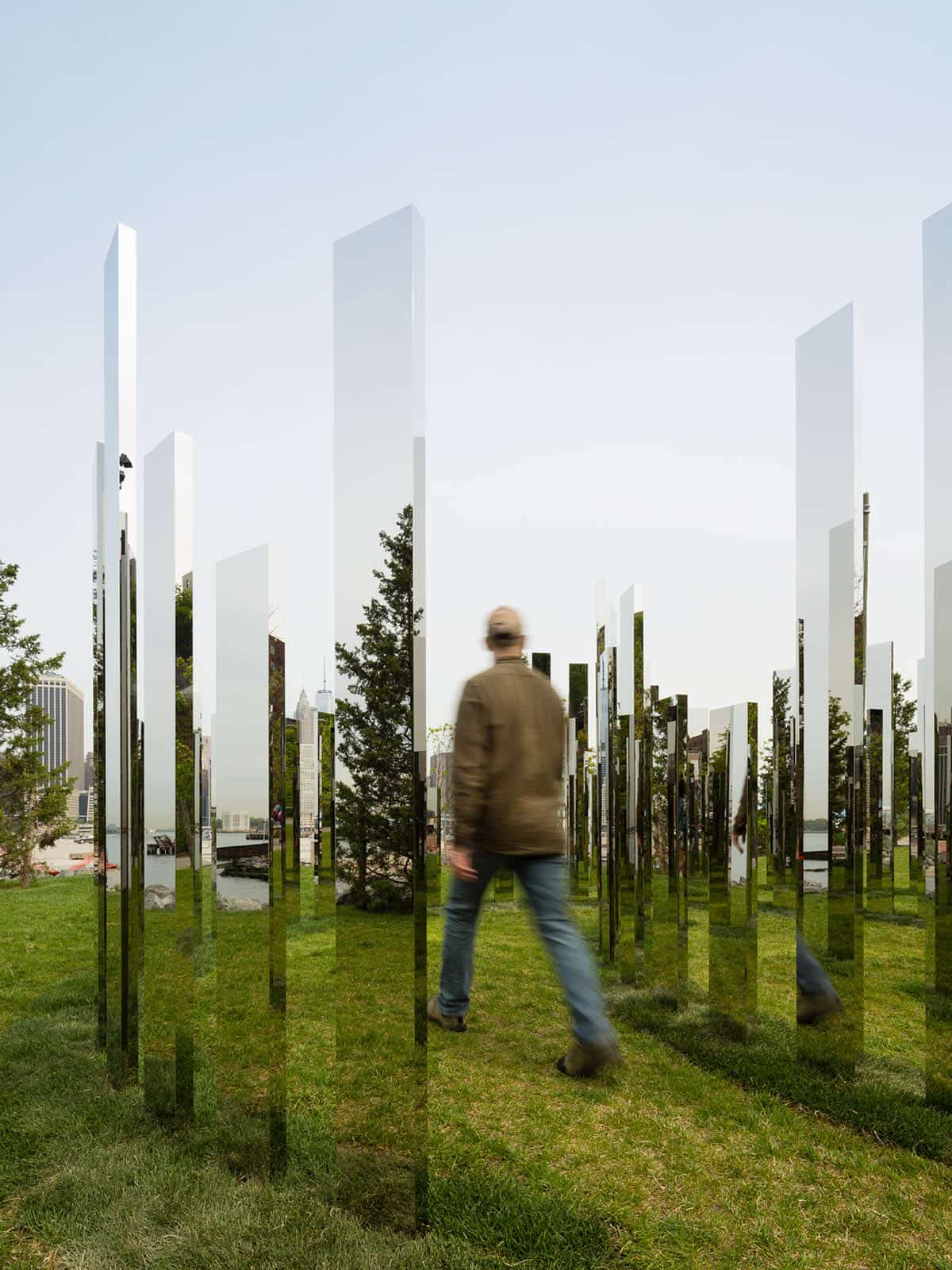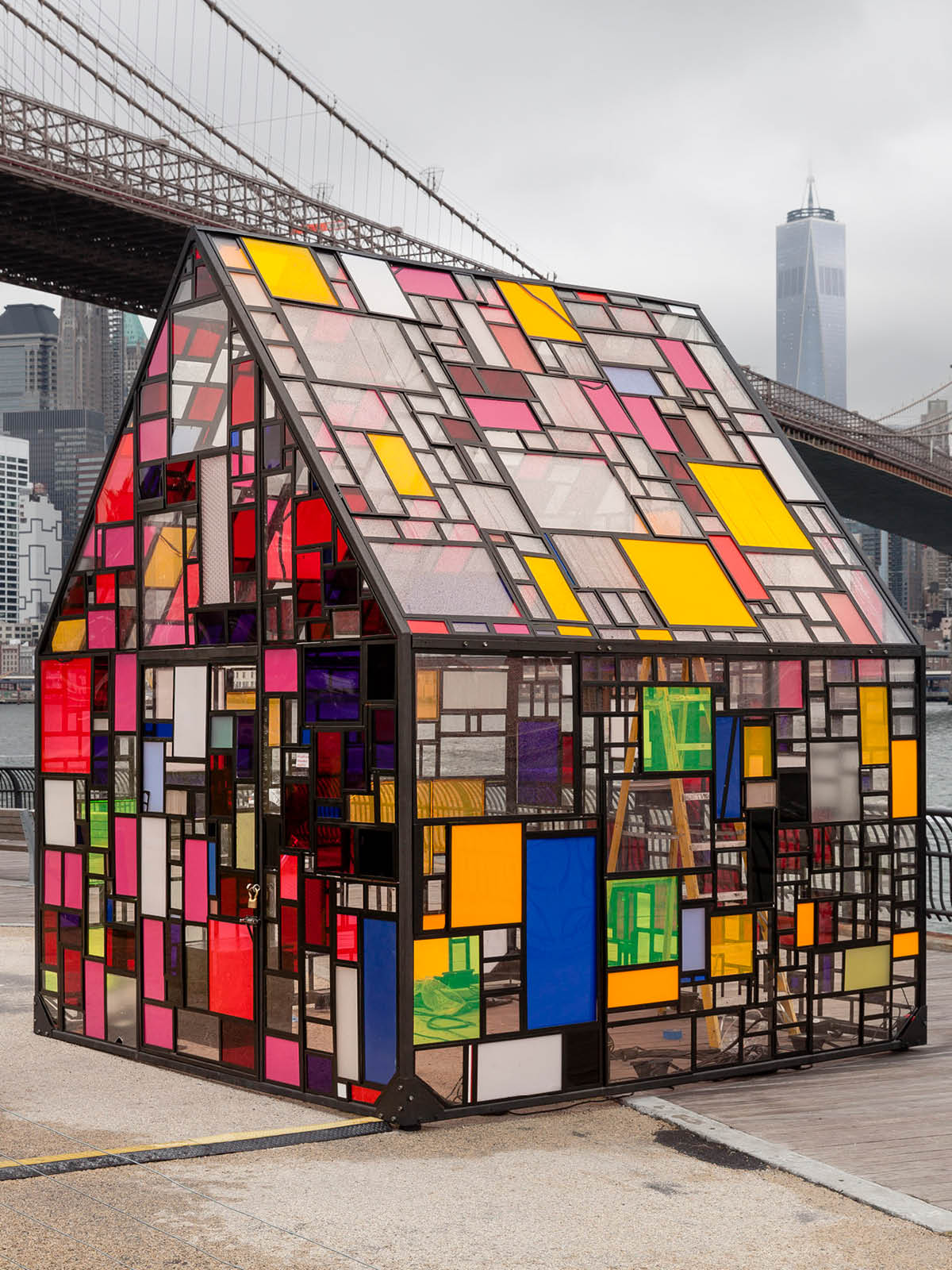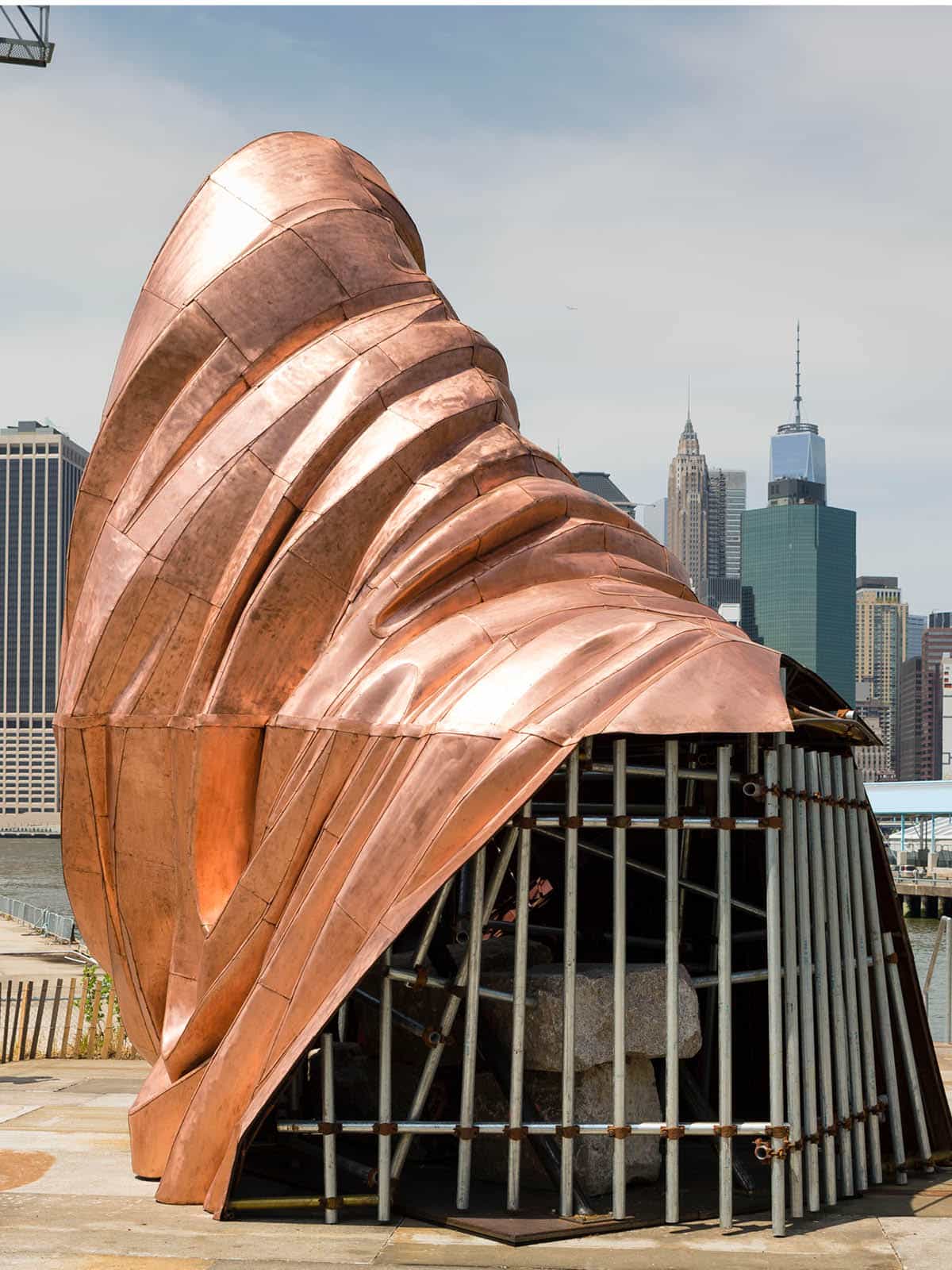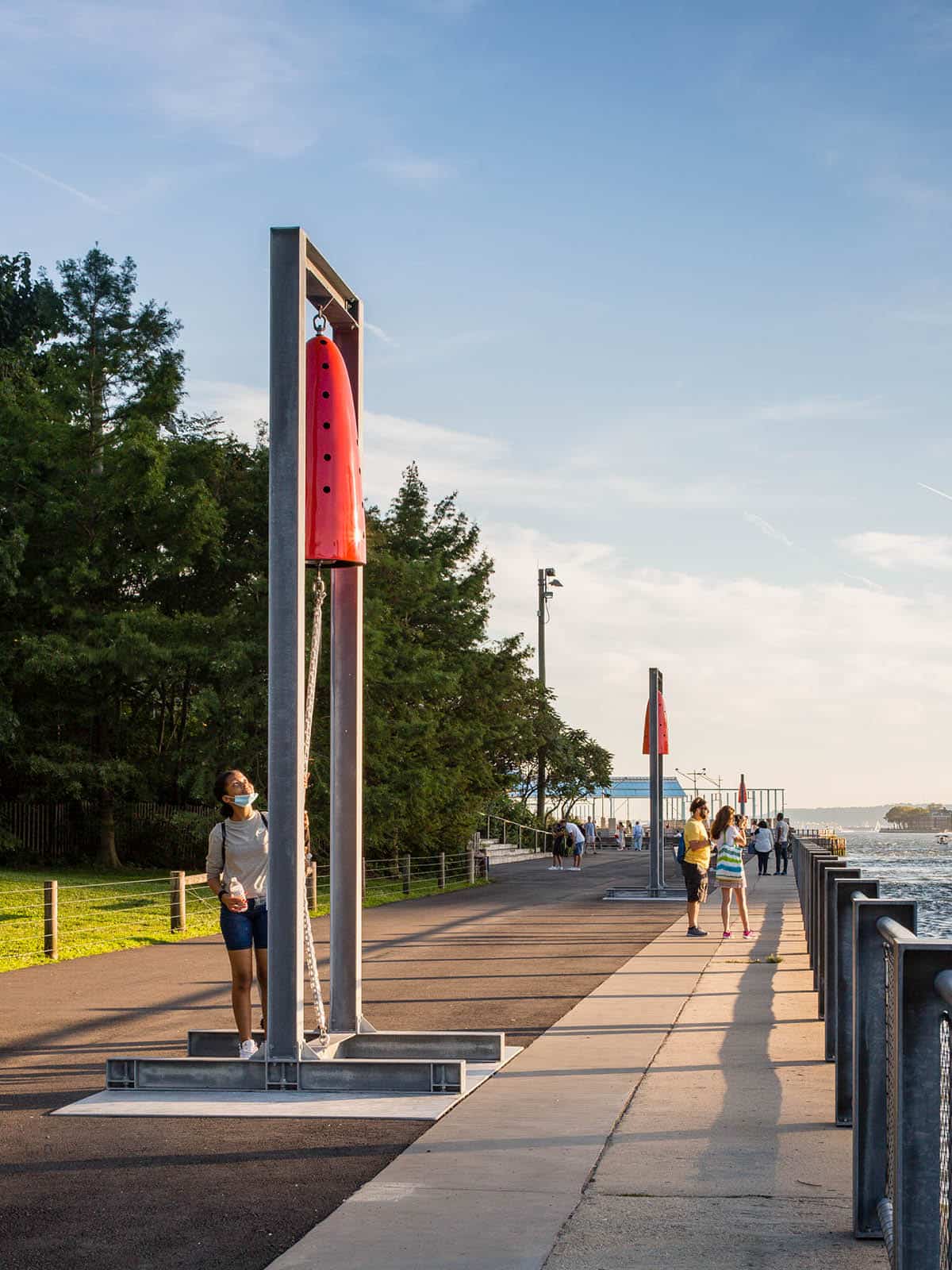With the ominous title Before The End, Huma Bhabha (b. Karachi, Pakistan, 1962) sets the stage to evoke mythologies as old as humankind. Conceived for Brooklyn Bridge Park, Bhabha’s four monumental painted and patinated bronzes were cast from carved cork and skull fragments. The mysterious figures recall ancient effigies cut into tombstones, their surfaces evoking centuries of eroded sediment and stone. Yet, unlike a tomb, these four-sided vertical forms stand elevated above the earth, their bones open to the sky.
Huma Bhabha: Before The End is curated by Public Art Fund Executive & Artistic Director Nicholas Baume with support from Public Art Fund Assistant Curator Jenée-Daria Strand.
Opening Night Event for Huma Bhabha: Before The End
